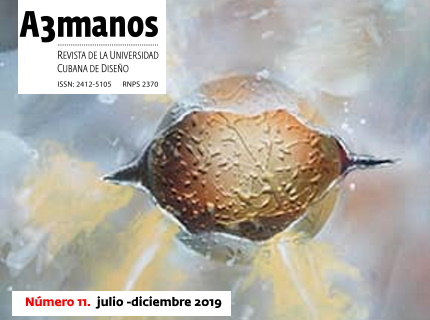Bibliographic references
##plugins.themes.bootstrap3.article.main##
Abstract
Bibliographic references constitute that part of the text that has been written by other authors, which serve to argue-support our article or work and must be possible to consult. Using this resource correctly will avoid problems of plagiarism or similarity of publications.
Some authors still confuse today and are not able to establish the differences between bibliography and bibliographic references. The first is the complete list of materials that have been consulted to write a paper.
A3manos is governed by the Norms of the American Psychological Association (APA) and these establish that the references only include the sources that were used to support the work, those that served to support arguments throughout the text, either through through verbatim quotes or generalized statements.
It is becoming more complex every day to evaluate the quality of bibliographic references because the quantity and diversity of information sources is constantly increasing.
Taking into account that bibliographic references are an essential requirement in any scientific article, it is appropriate to take into account the positive elements that they report: interested readers have the possibility of recovering the information of their interest by providing valid and useful information; the article will contribute to increase the quality of the magazine and its use; an article not so attractive, it can be well appreciated because of its references; recognize that the researcher has documented himself correctly, based on these; They serve to acknowledge the ideas and findings of other researchers, endorse claims and arguments, and support the information provided.
The aforementioned advantages will only be fulfilled if the authors understand that it is their obligation to present lists of references free of errors or defects, in accordance with the style adopted by the journal in which they intend to publish. The adherence of the references to the required model and its actuality, demonstrates the rigor and seriousness in the work.
##plugins.themes.bootstrap3.article.details##

This work is licensed under a Creative Commons Attribution-NonCommercial-ShareAlike 4.0 International License.
- Attribution — You must give appropriate credit , provide a link to the license, and indicate if changes were made . You may do so in any reasonable manner, but not in any way that suggests the licensor endorses you or your use.
- NonCommercial — You may not use the material for commercial purposes .
- No additional restrictions — You may not apply legal terms or technological measures that legally restrict others from doing anything the license permits.
- ShareAlike — If you remix, transform, or build upon the material, you must distribute your contribution under the same license as the original. NOTE: This point applies to numbers 1 to 20 of the magazine with the previous CC-BY-NC-SA 4.0 license. Does not apply to the new CC BY-NC 4.0 license from Volume 11, Number. 21 (2024).






















